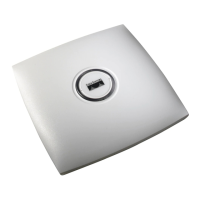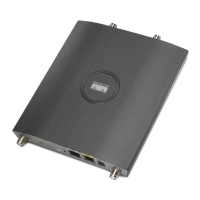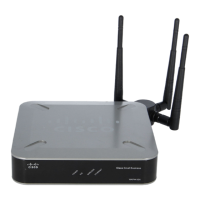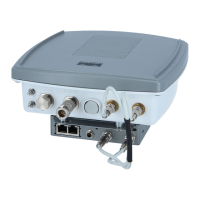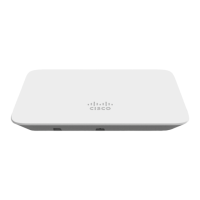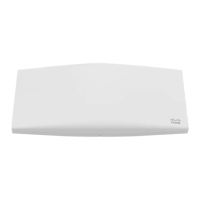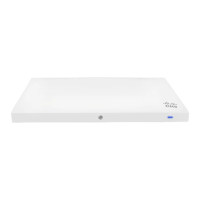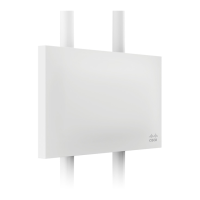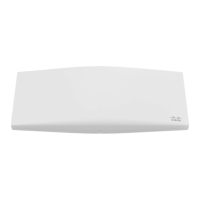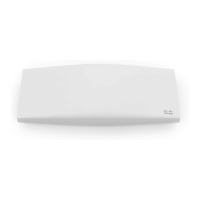The syntax is as follows:
(controller) > show ap bhrate ap-name
• show mesh neigh summary—Displays the link rate summary including the current rate being used in
backhaul
Example:
(controller) > show mesh neigh summary HPRAP1
AP Name/Radio Channel Rate Link-Snr Flags State
--------------- -------- -------- ------- ----- -----
00:0B:85:5C:B9:20 0 auto 4 0x10e8fcb8 BEACON
00:0B:85:5F:FF:60 0 auto 4 0x10e8fcb8 BEACON DEFAULT
00:0B:85:62:1E:00 165 auto 4 0x10e8fcb8 BEACON
OO:0B:85:70:8C:A0 0 auto 1 0x10e8fcb8 BEACON
HPMAP1 165 54 40 0x36 CHILD BEACON
HJMAP2 0 auto 4 0x10e8fcb8 BEACON
Backhaul capacity and throughput depends upon the type of the AP, that is, if it is 802.11a/n or only 802.11a,
number of backhaul radios it has, and so on.
In AP1524 SB, Slot 2 in the 5-GHz radio in the RAP is used to extend the backhaul in the downlink direction,
whereas Slot 2 in the 5-GHz radio in the MAP is used for backhaul in the uplink. We recommend using a
directional antenna with the Slot 2 radio. MAPs extend Slot 1 radio in the downlink direction with Omni or
directional antenna also providing client access. Client access can be provided on the Slot 2 radio from the
7.0 release onwards.
Cisco Mesh Access Points, Design and Deployment Guide, Release 7.3
126 OL-27593-01
Connecting the Cisco 1500 Series Mesh Access Points to the Network
Configuring Local Mesh Parameters
